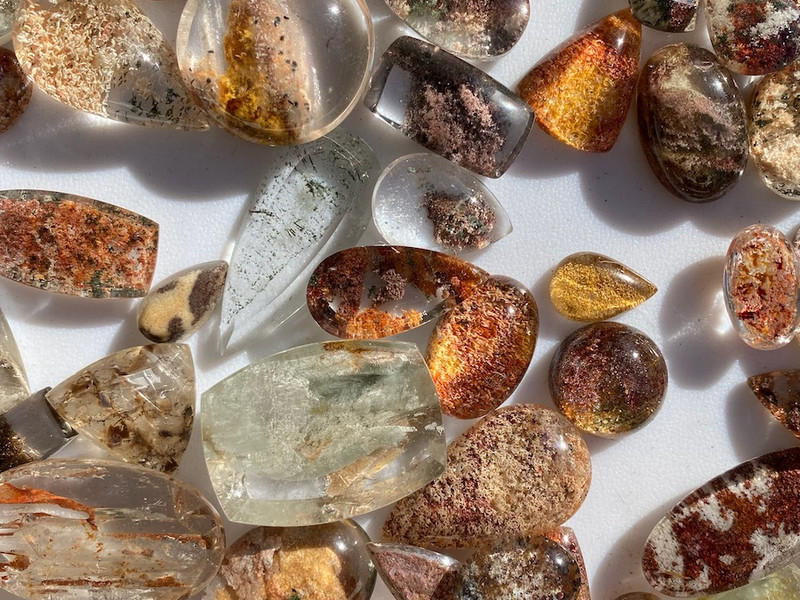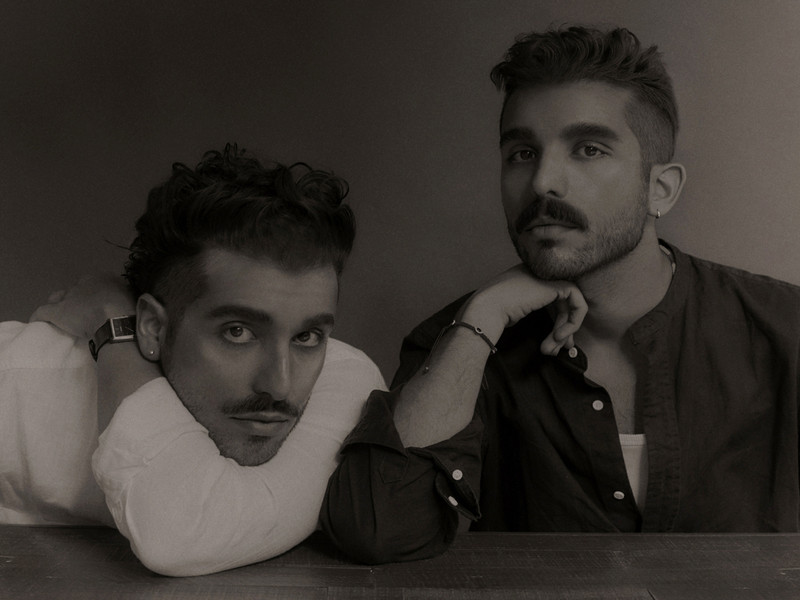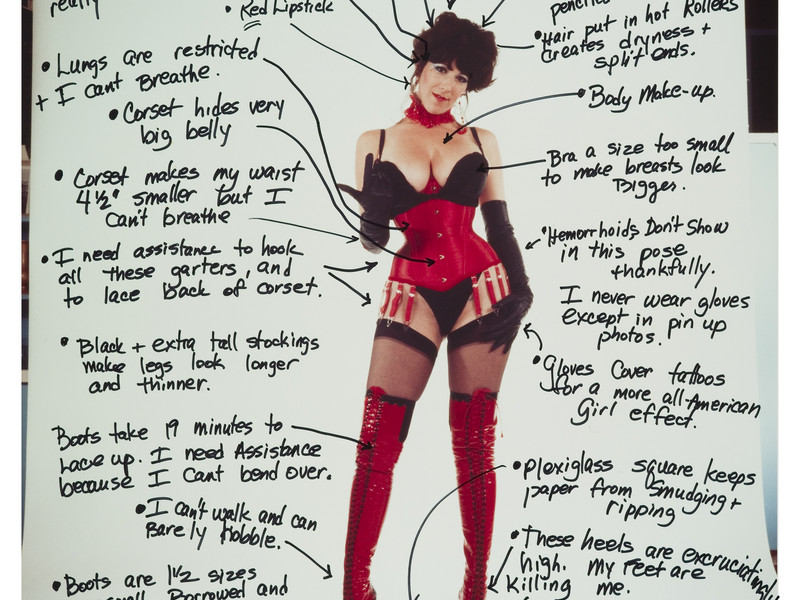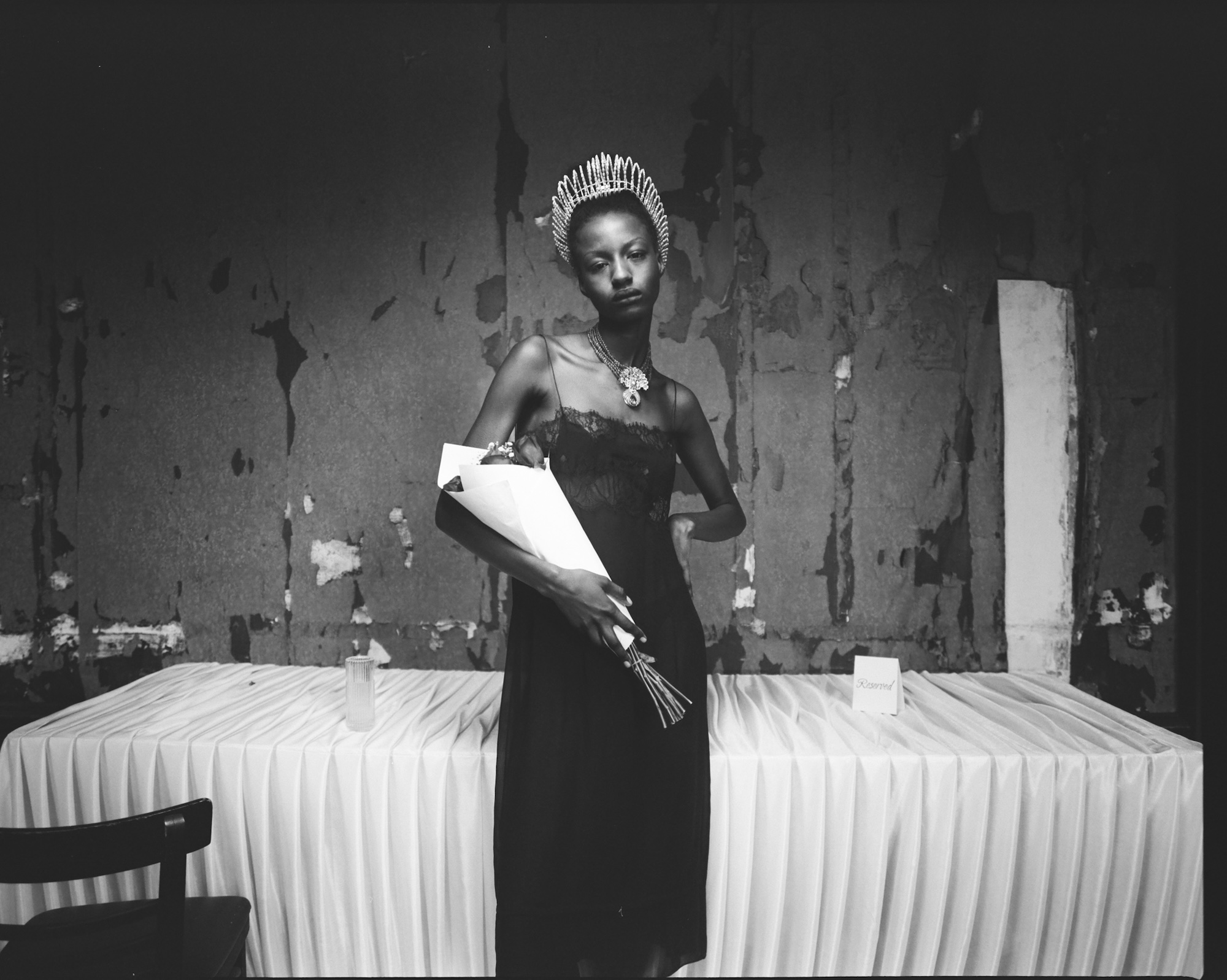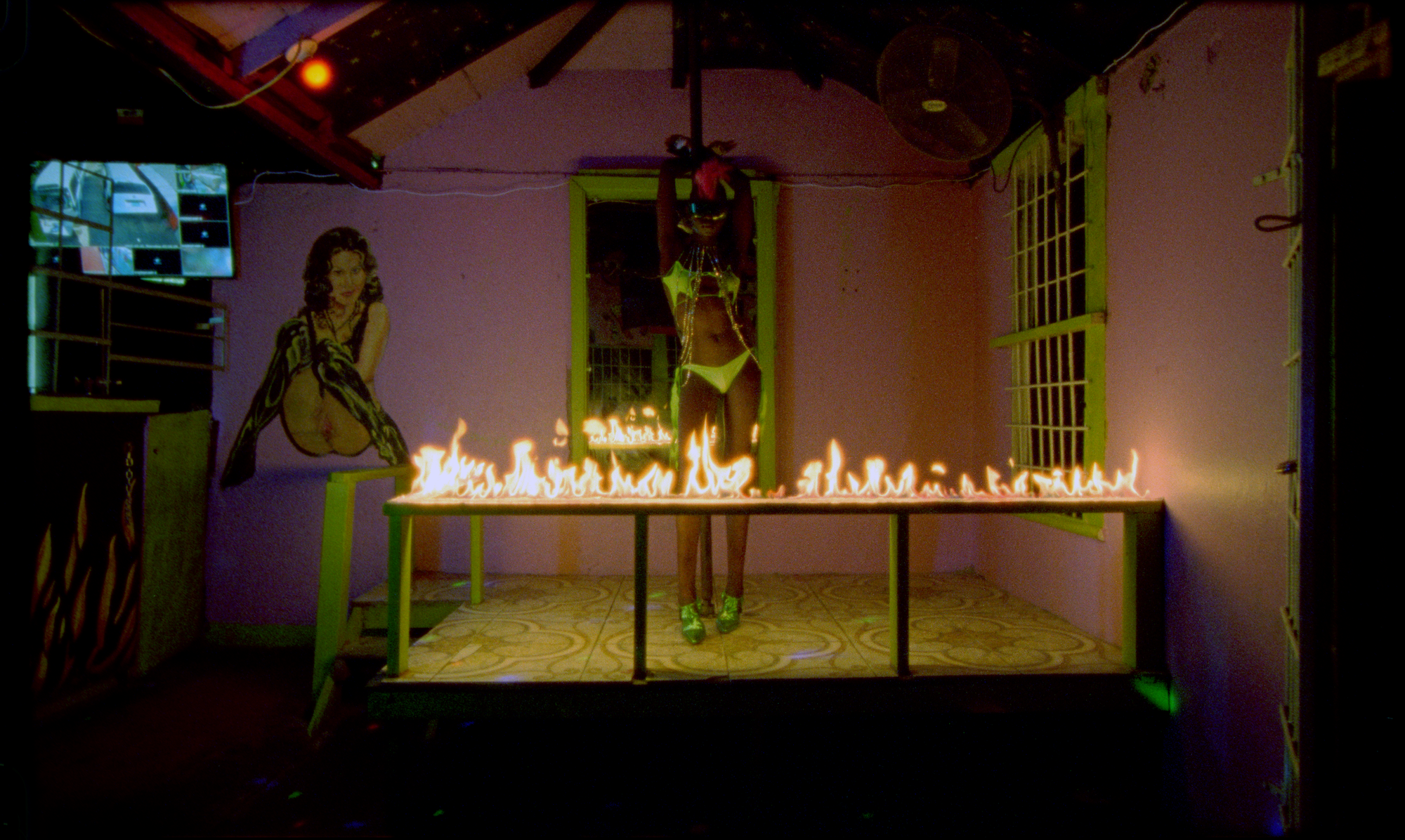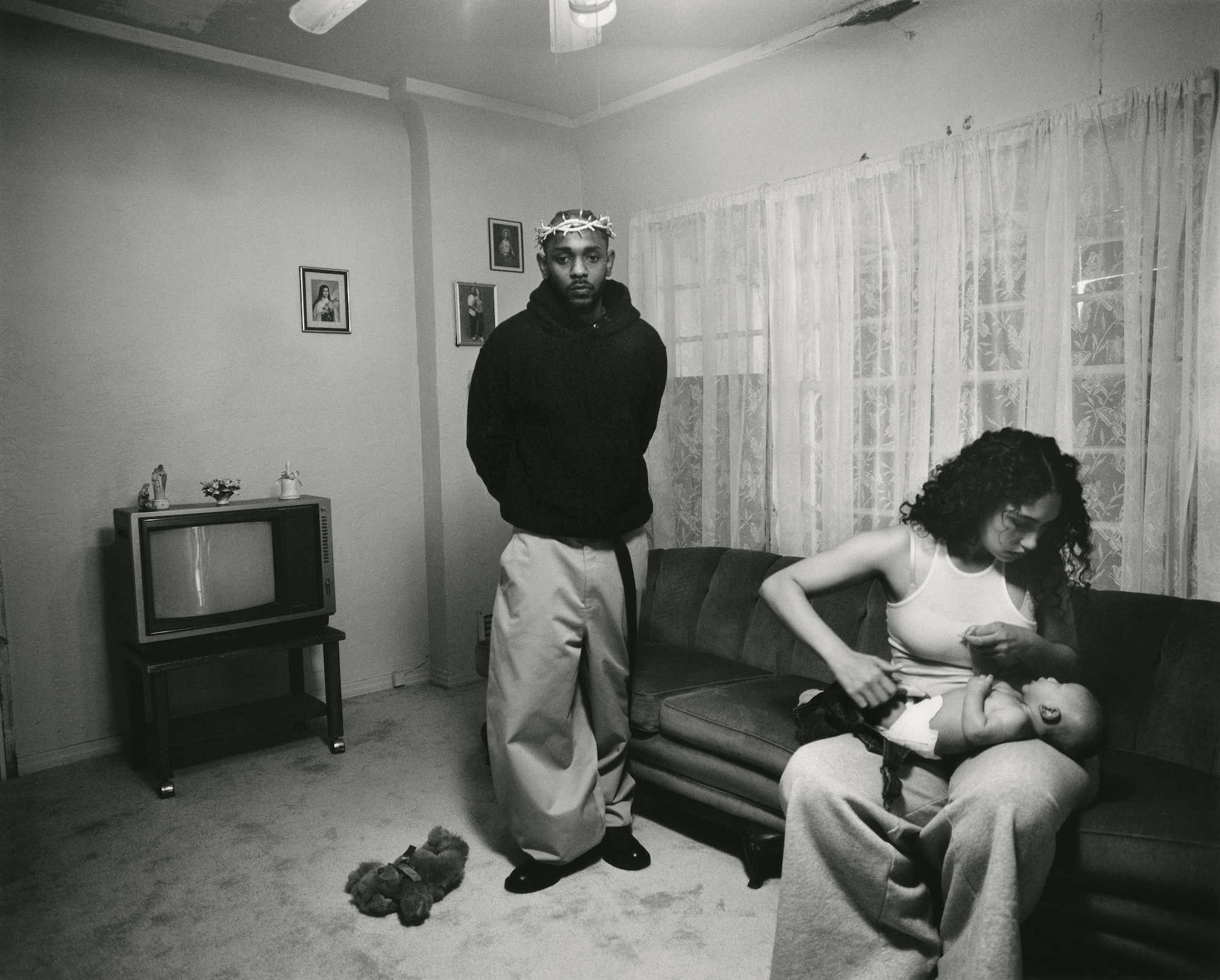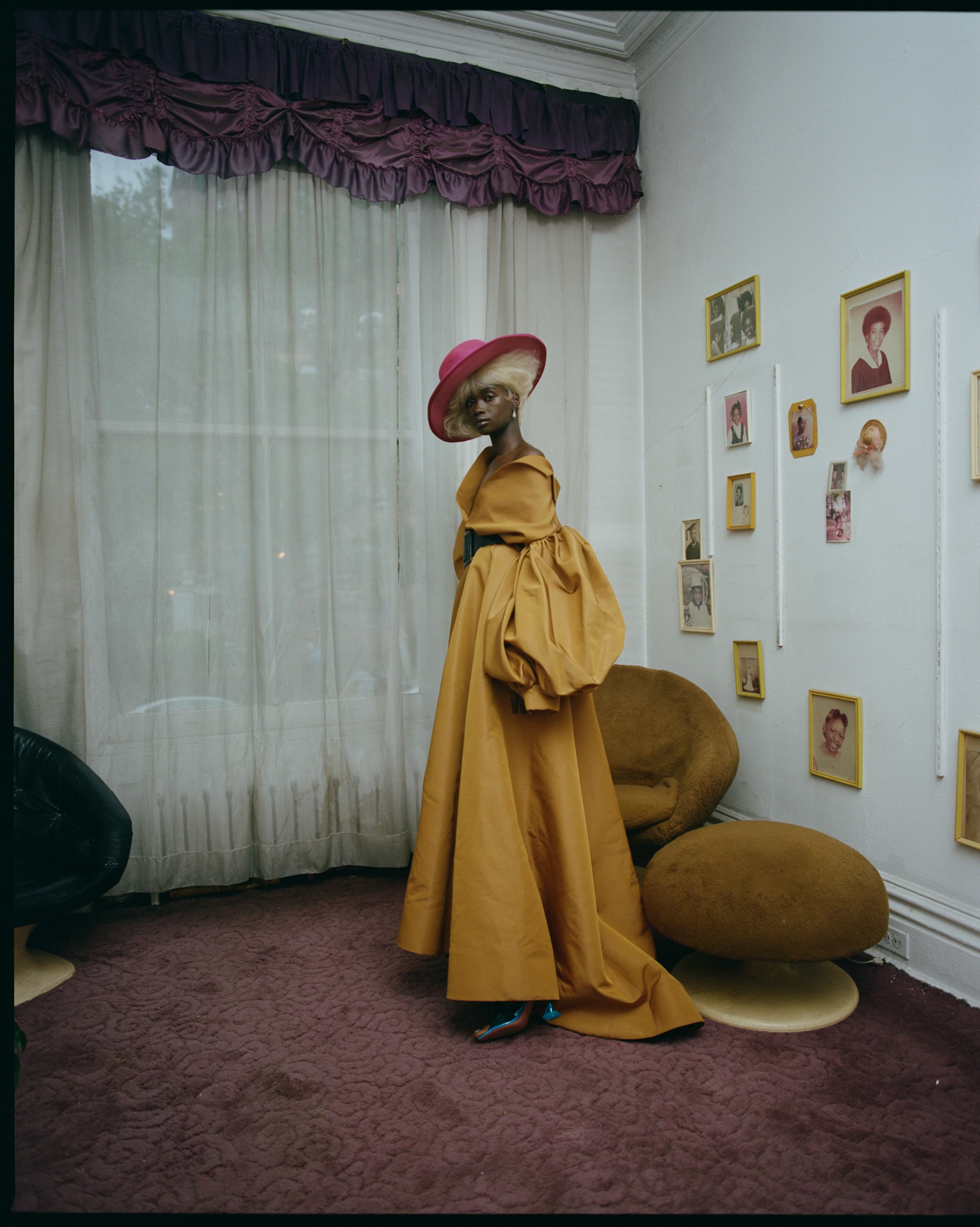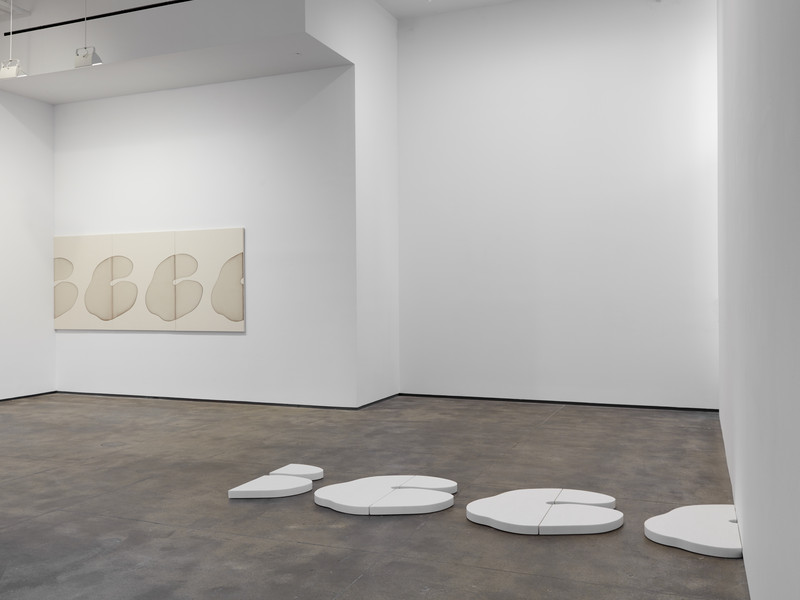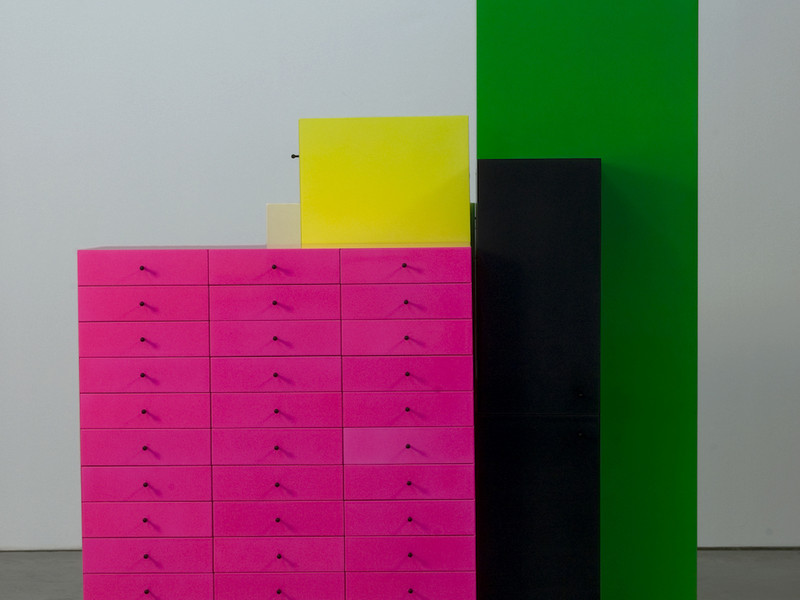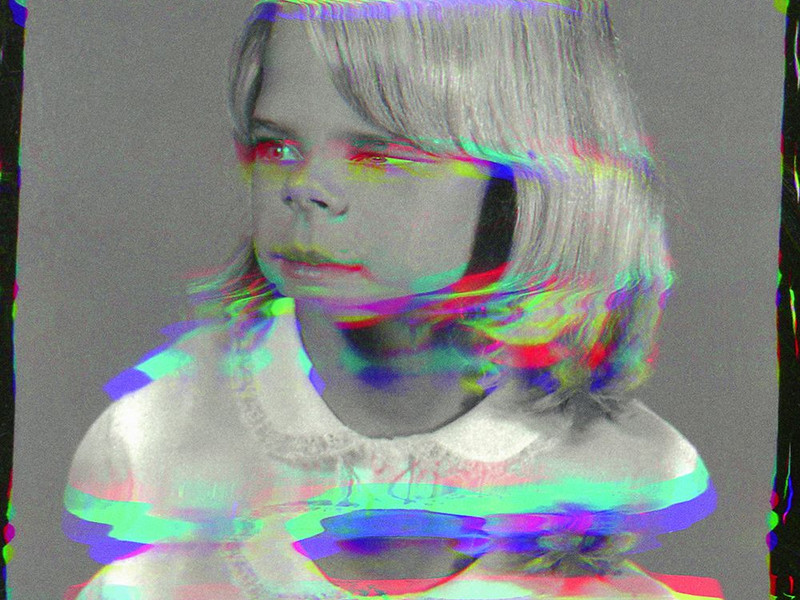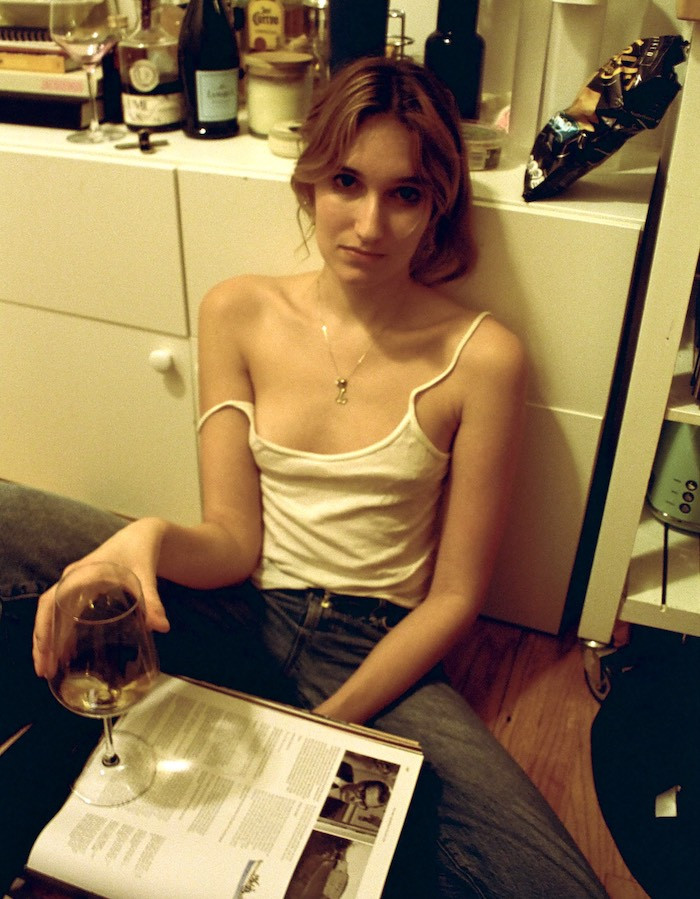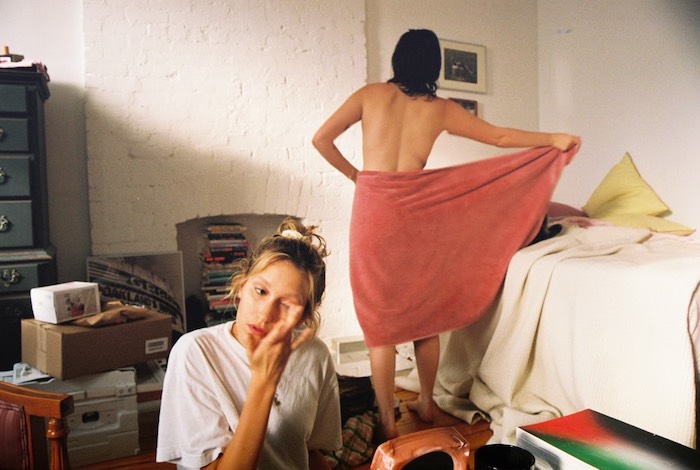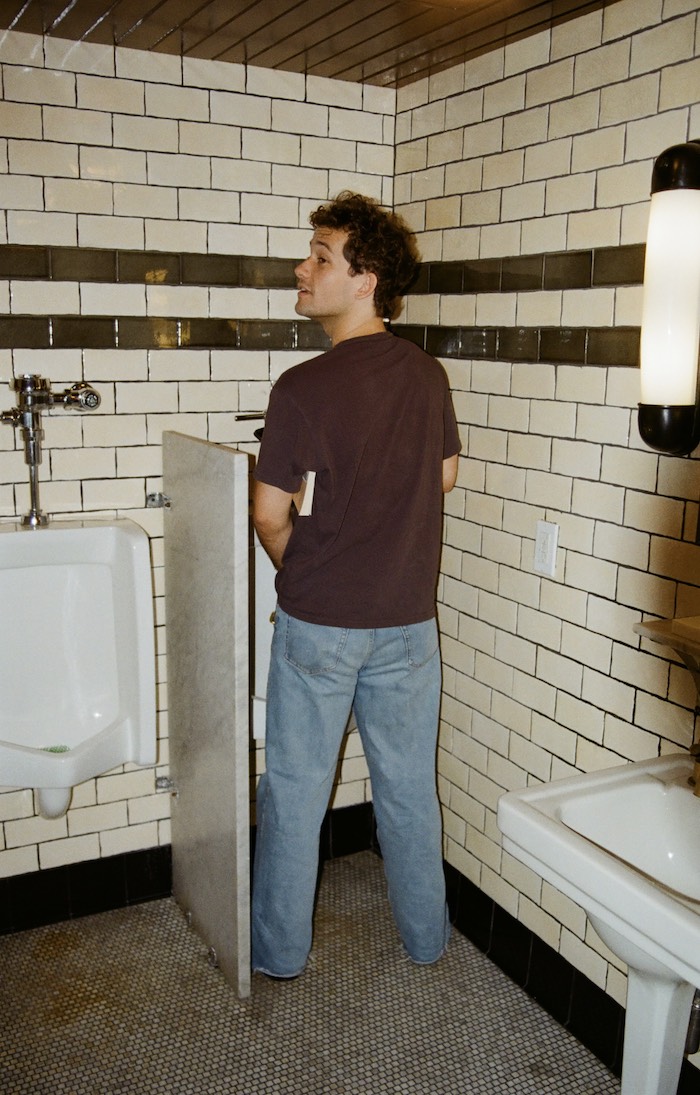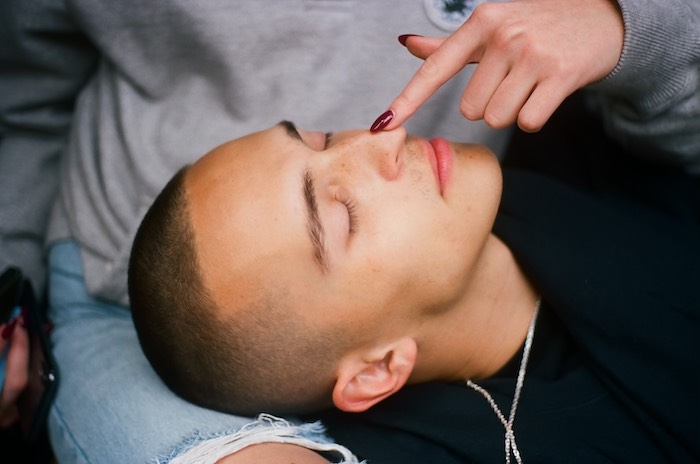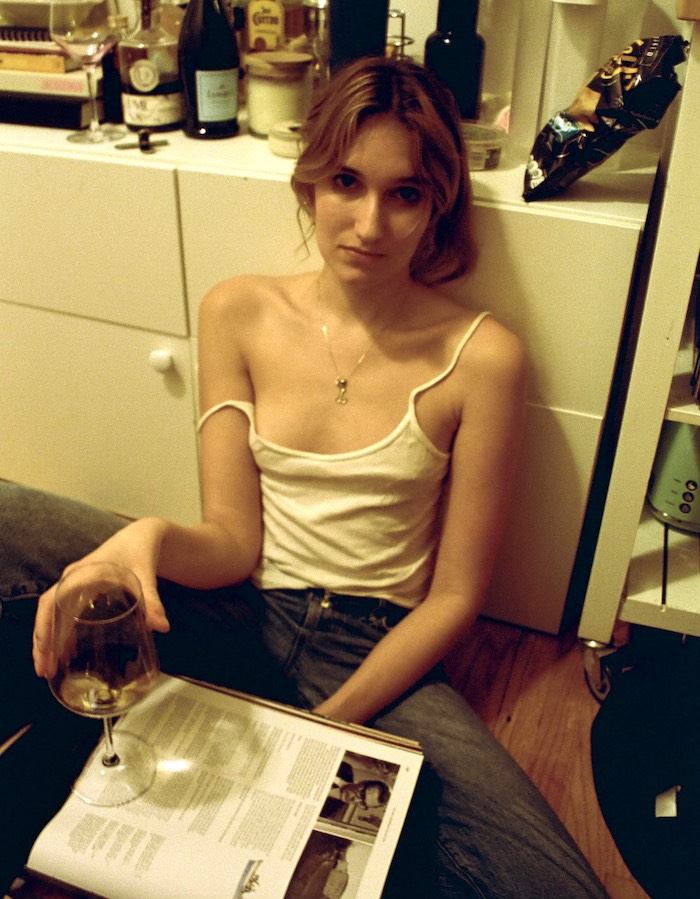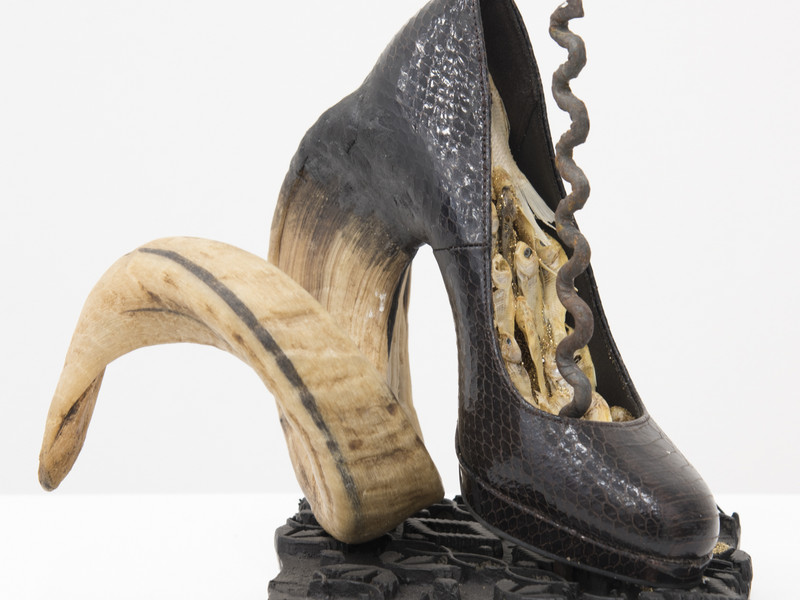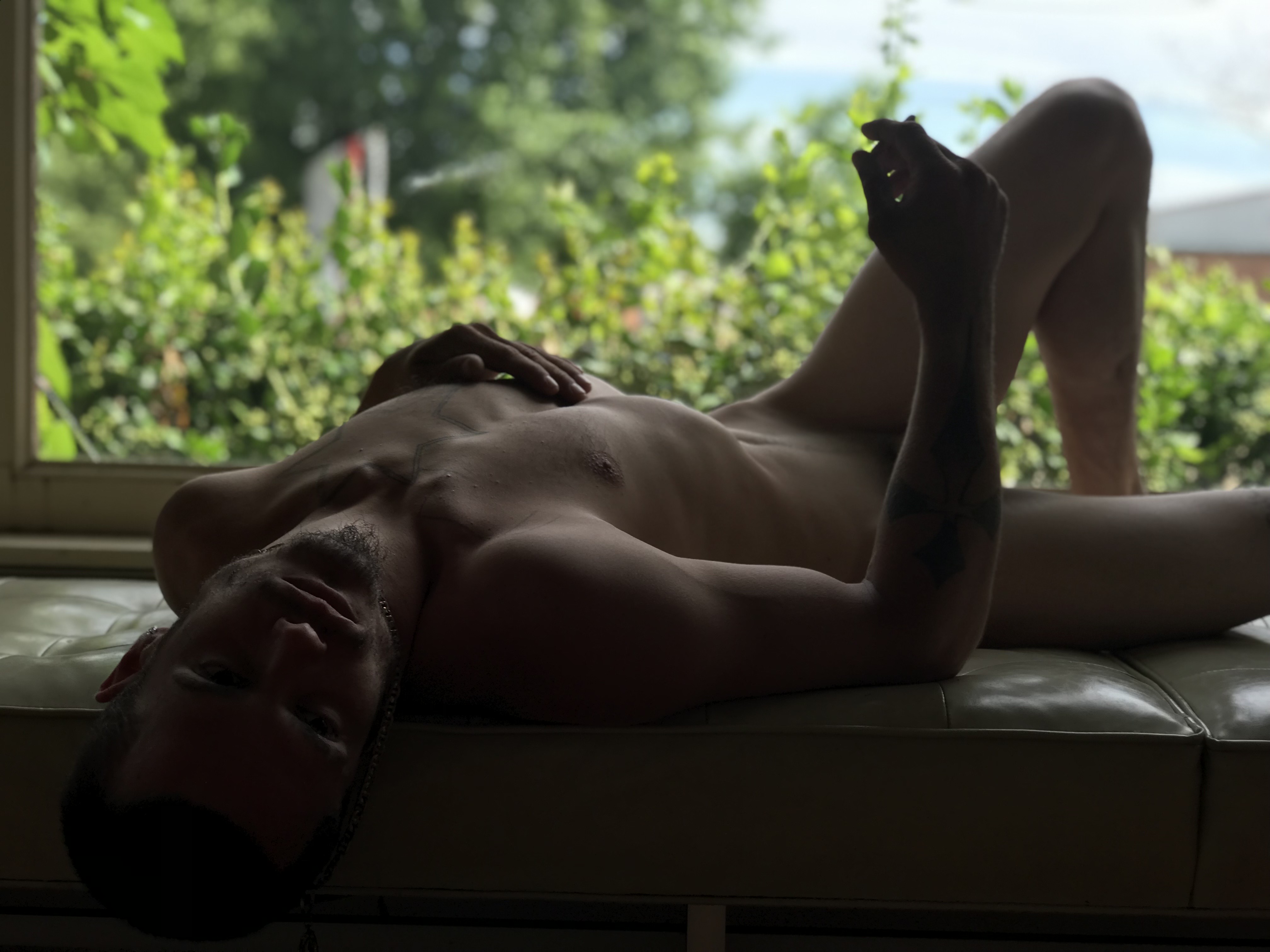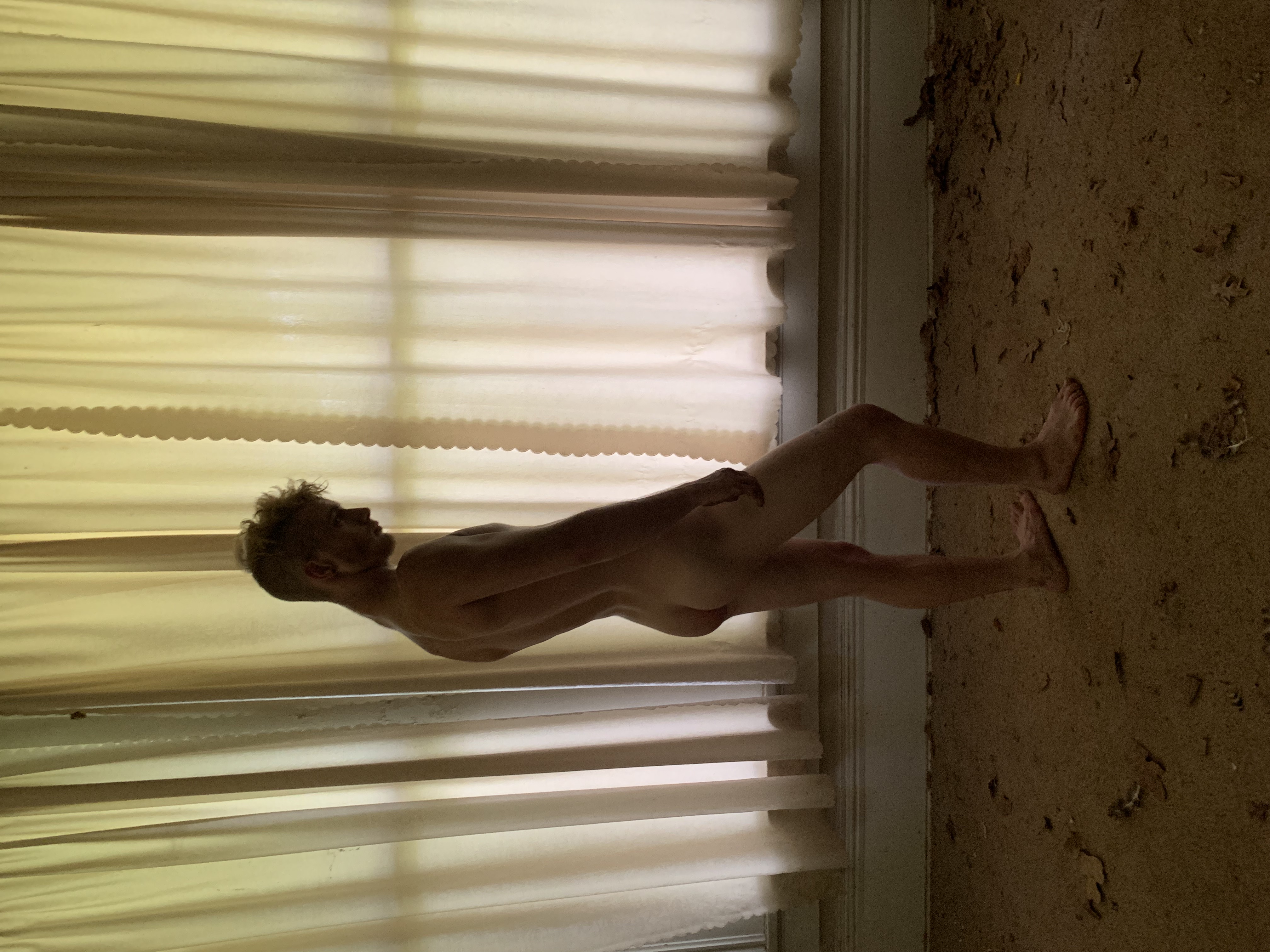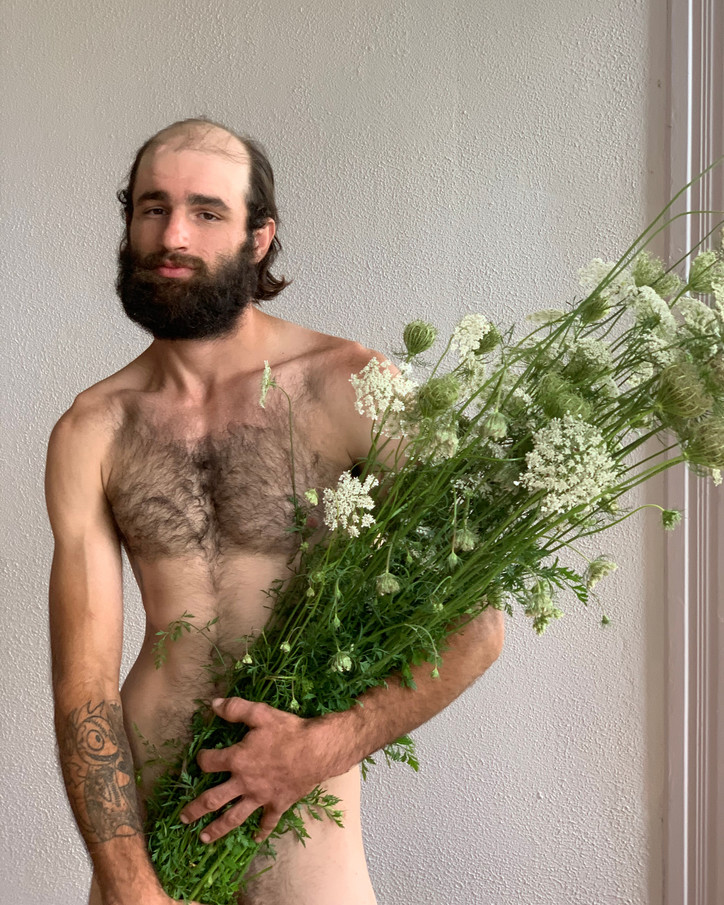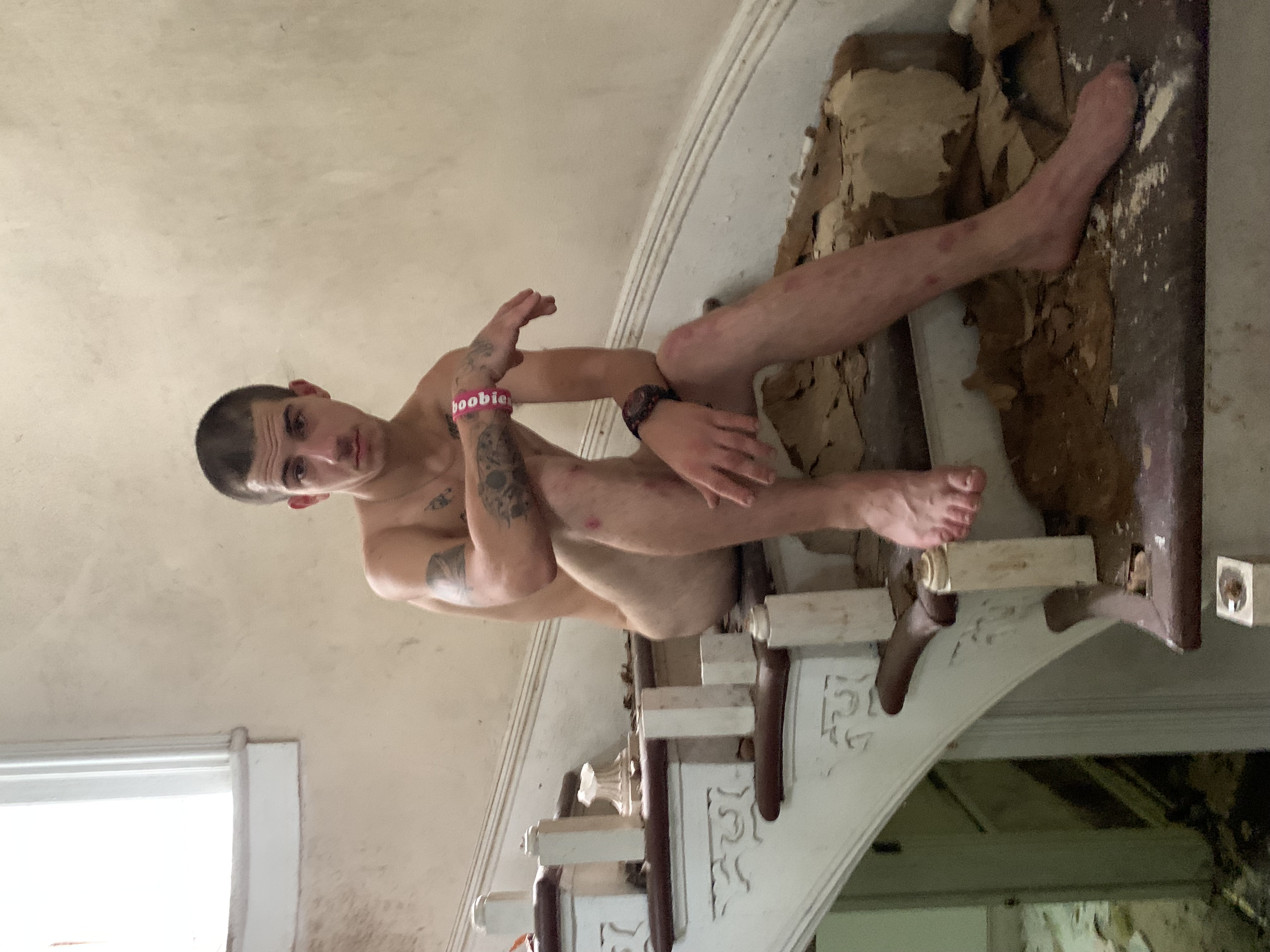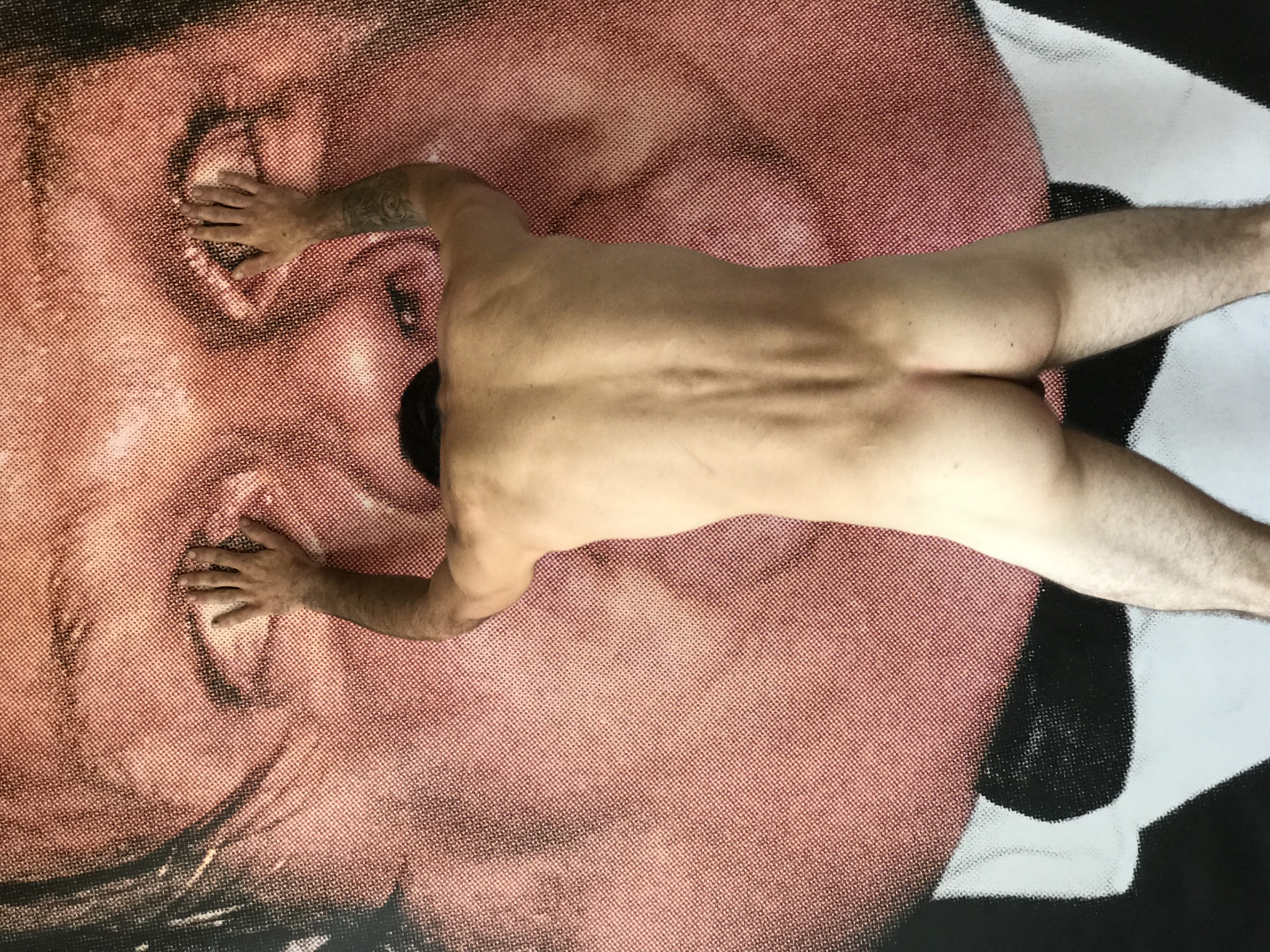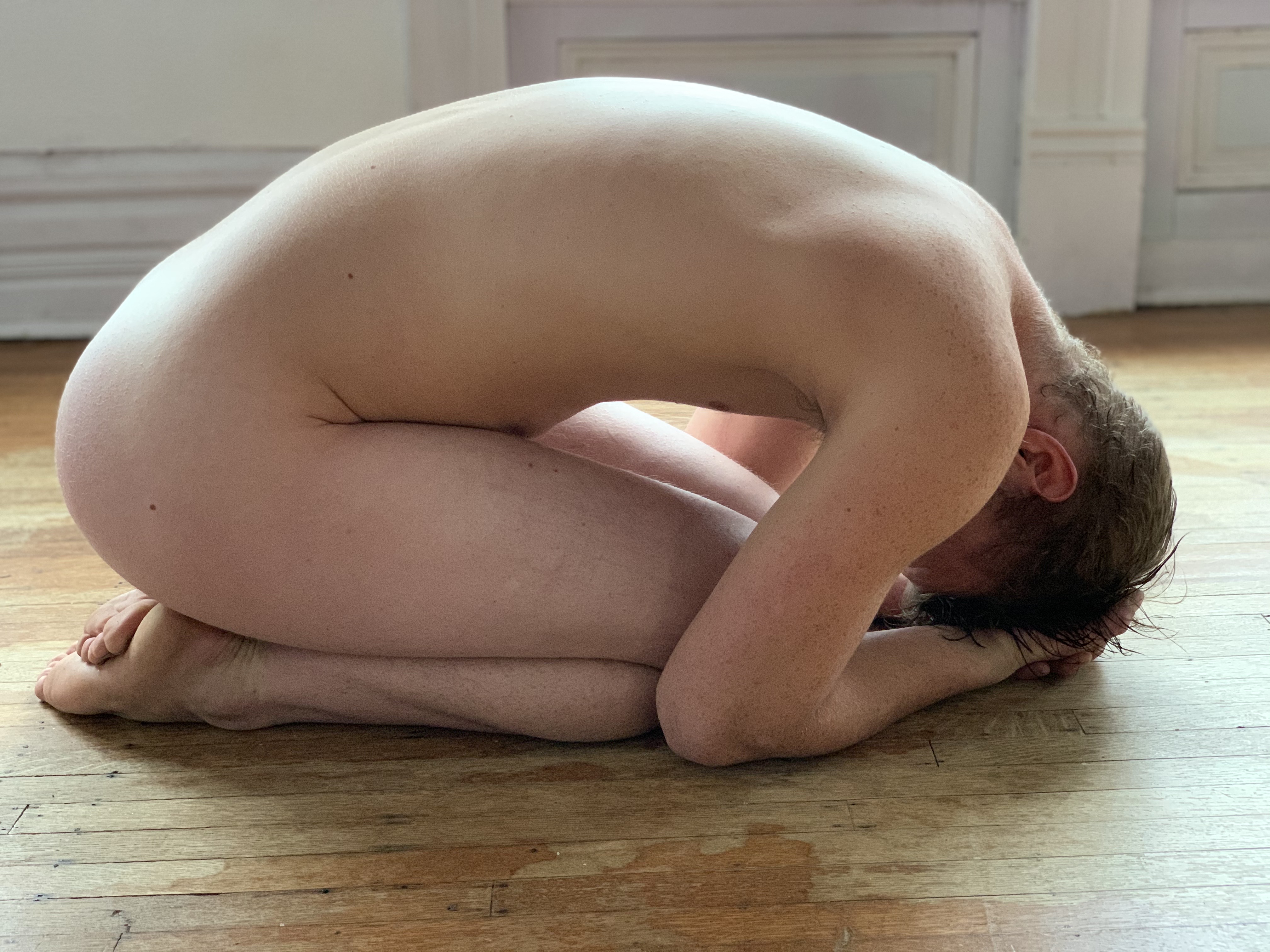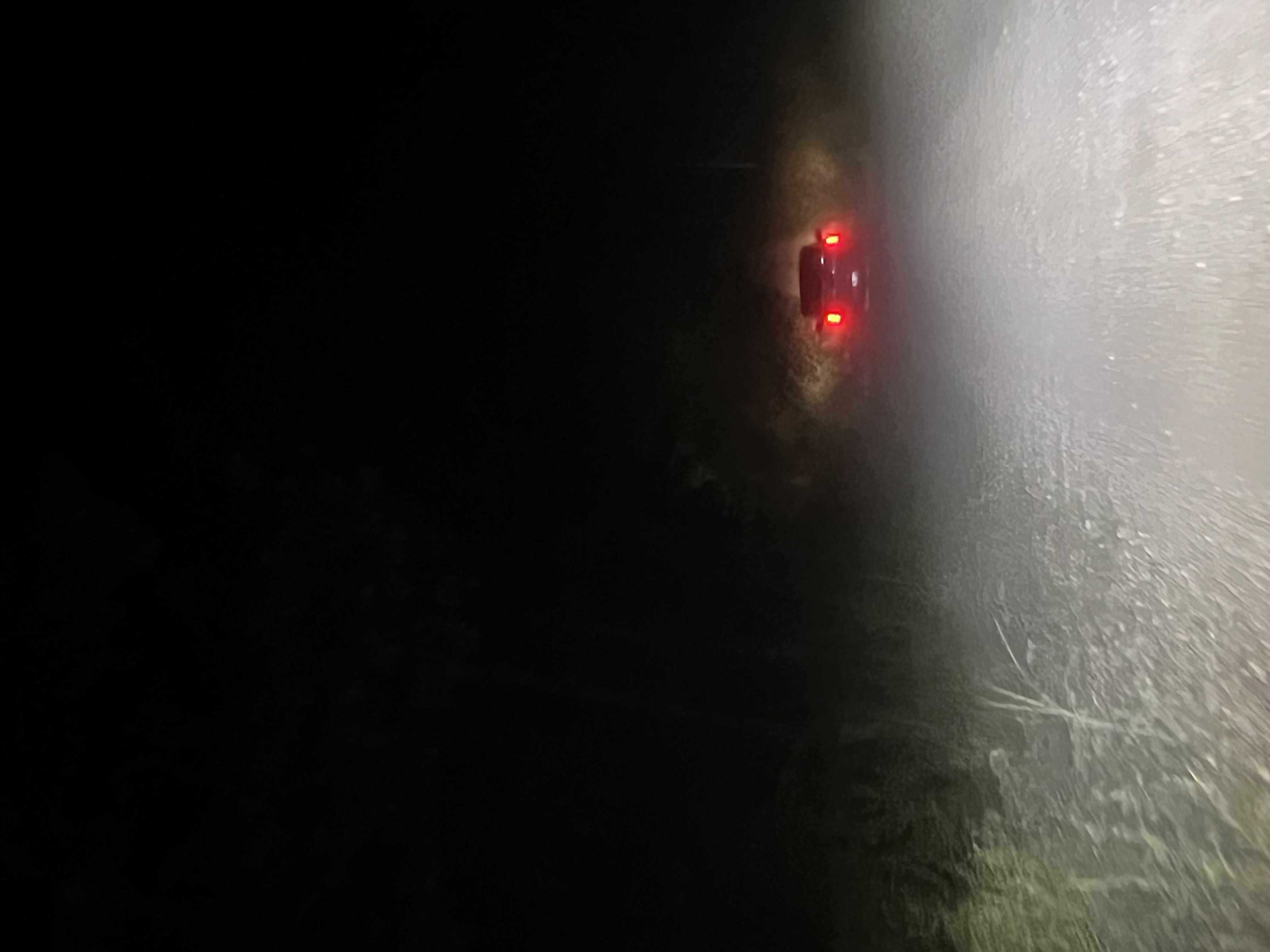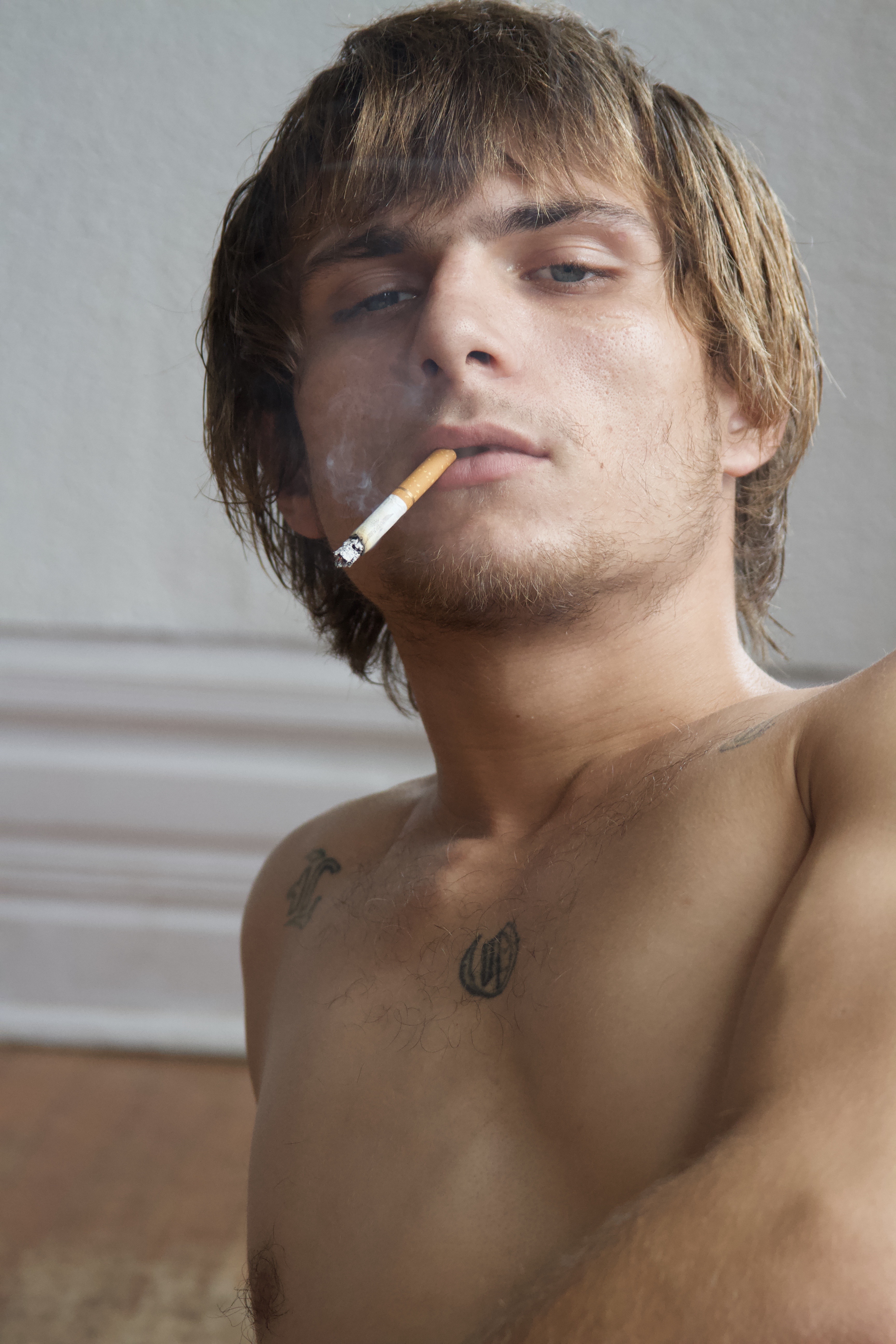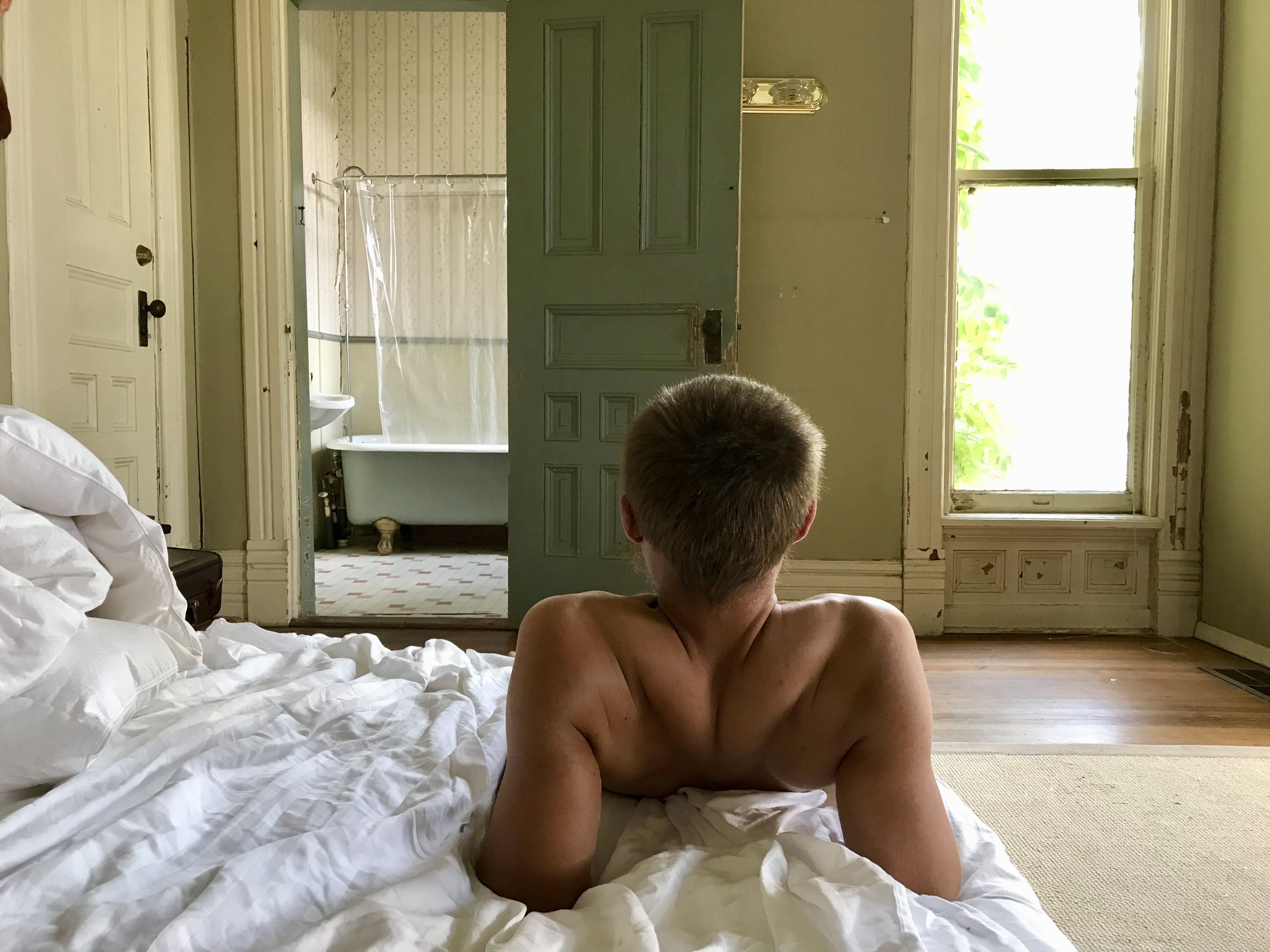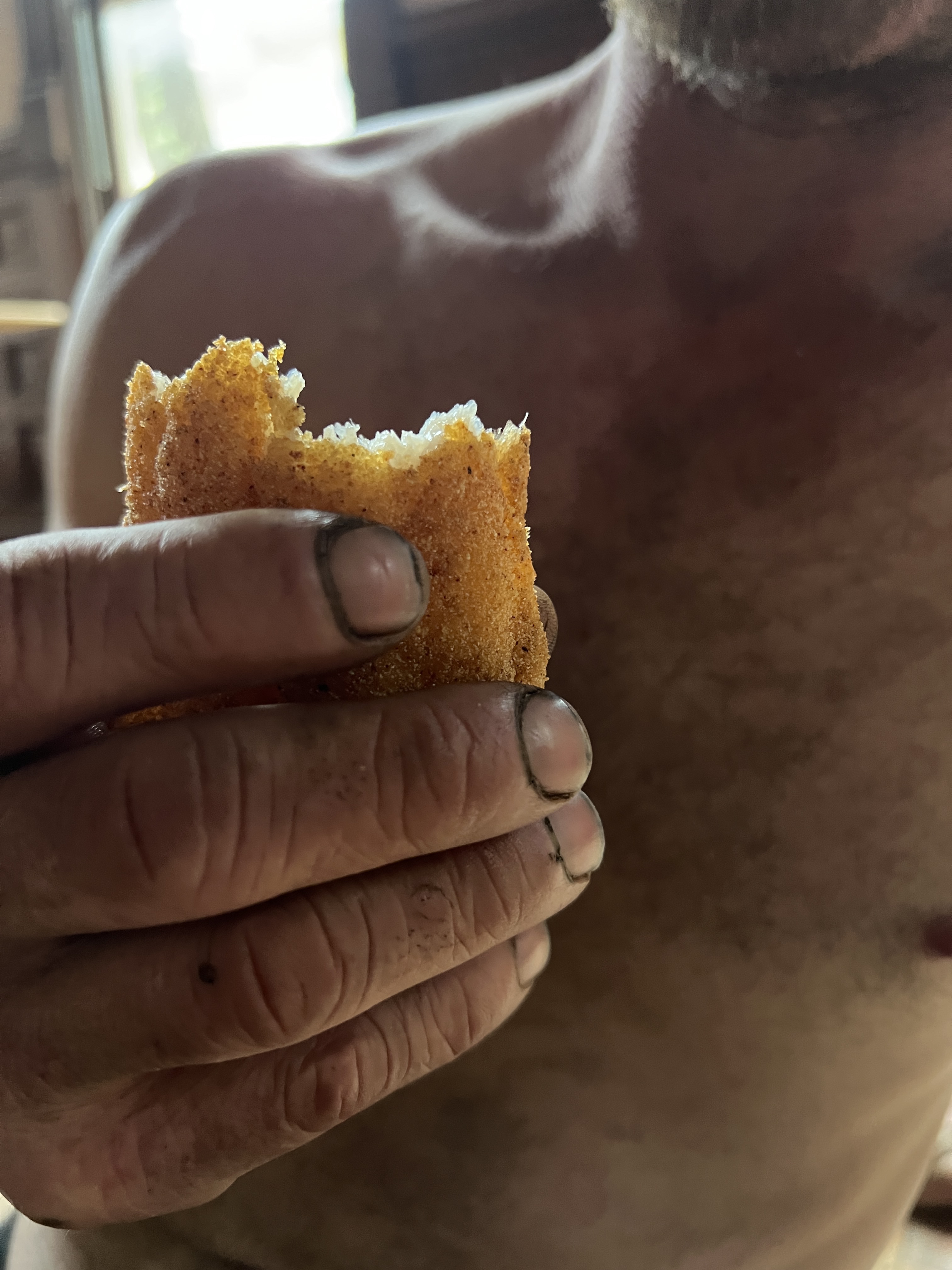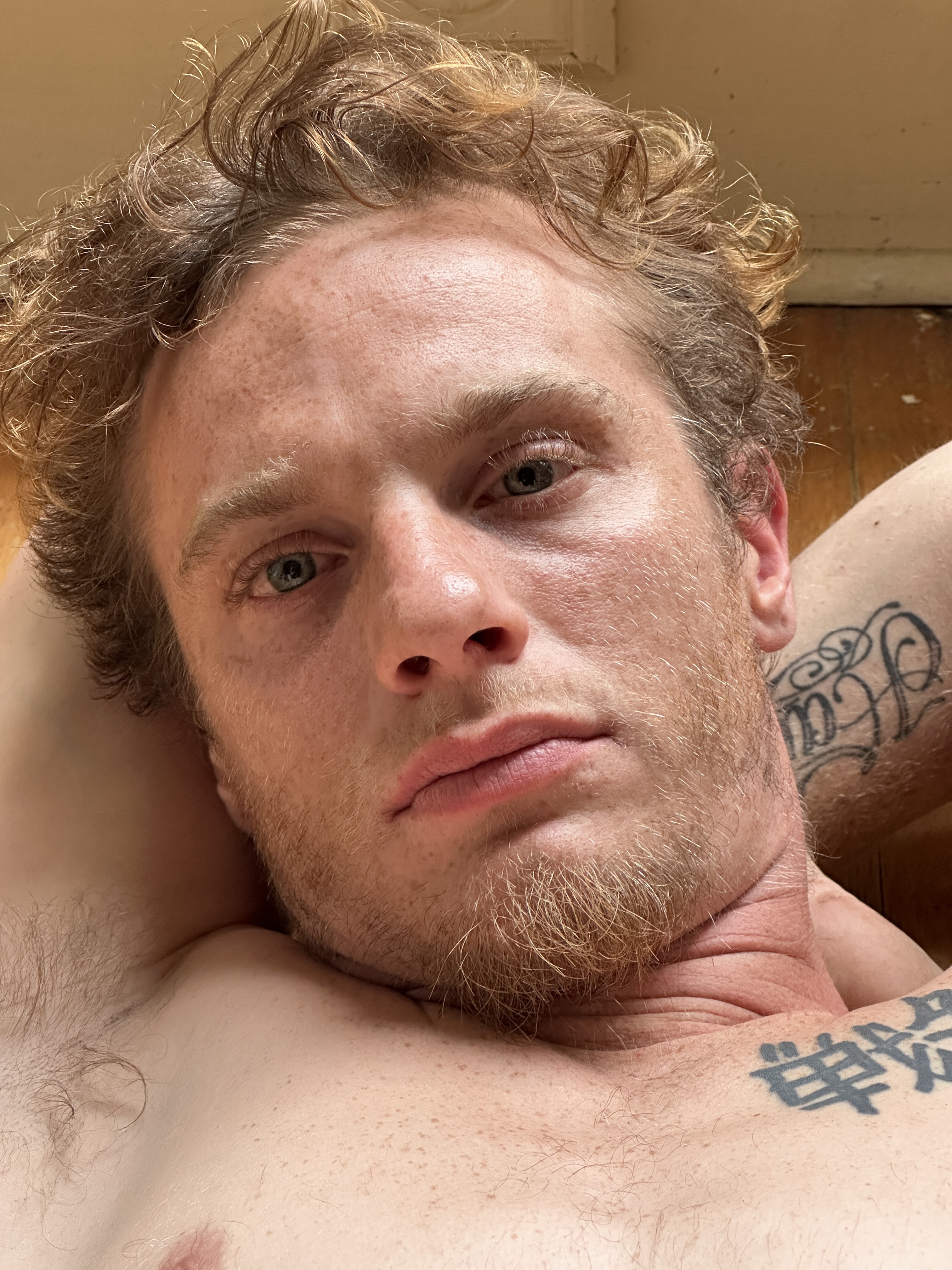The Mayrit Bienal Exhibits An Animated Madrid

Wet Dreams follows up on the 2022 edition of Mayrit, The Drowned Worlds, evidently appropriate themes for a biennial that takes its title from the 9th century name for Madrid which translates to “place of many waterways”. Unlike many biennials, which work to distinguish themselves thematically from their predecessors, Otero Verzier opted to build from the framework of the prior installment: a clever move that gestures to the priority of knowledge-building, social relation, and the biennial’s longer-term ambition to “position the Spanish capital as a creative focal point for emerging talent.”
Mayrit’s Curatorial Director, artist, and designer Joel Blanco, helps execute this vision. He notes that “the first edition was mostly for ourselves, the less established designers from Madrid who just wanted to have fun by creating their own events. We are gradually reaching a wider audience without forgetting about the independent, less mainstream proposals. Our approach was to fertilize the creative ground here by helping creatives develop their practice without the constraints of profit.”
Mayrit, which often takes on the celebratory and social spirit of a festival, is anchored by two notably strong institutional exhibitions: Wet Dreams, the title show at Madrid’s Centro Centro art center curated by Otero Verzier, and Espejito Espejito (“Mirror Mirror”) curated by architecture collective Grandeza Studio at the Museo de América at the western edge of the city center. Other venues, like the Bate Social Store which houses the Bienal’s design shop—a curated storefront with design objects selected from an open call — and the National Museum of Decorative Arts, which hosts Materia Computada — an exhibition curated by HyperStudio — atomize Mayrit’s itinerary across the city. “Mayrit has seeded many collaborations, and we are reaching places that were previously outside the scope of current design practice,” says Blanco.


Wet Dreams Deck Chair for Caliper's Editions Programme in collaboration with Mayrit Bienal. Designed by Miguel Leiro and Victor Clemente with Berit Levy and Caliper.
In Wet Dreams, Otero Verzier gathers an impressive array of work spanning film, industrial design, research, photography, and architecture, presenting contributions from peers, friends, allies, and a few students she has recently taught at the Design Academy Eindhoven. Artist collective La Cuarta Piel contributed documentation of their 2022 durational performance, “Spa Profundo,” in which they immersed performers in a hedonistic deluge of viscous marble extraction waste from a mine in the Vinalopó River valley near Alicante. A sample of their white mud pool inhabits the gallery in front of photos of limbs writhing in apparent delight: a visceral, if wry, critique of the slow violence of extractive capitalism. Models of Andres Jaque’s 2015 MoMA PS1 pavilion, the water-filtering “COSMO,” and the recent “Rambla Climate House,” designed with Miguel Mesa de Castillo, bring to the show an optimistic exuberance that points to architecture’s capacity to perform instrumentally at the scale of daily life. And in “Atlas de Plantas de Cuartos Oscuros en la Ciudad de Barcelona,” Pol Esteve Castelló presents floor plans of fifteen dark rooms in Barcelona with unlikely precision: sites of pleasure where social exchange often accompanies fluid exchange.
The show brings together a generation of new thinkers with urgent political and social preoccupations that reflect Madrid’s increasing centrality in design discourse. In recent years, Spanish designers have built an influential presence in American and European schools of architecture (Jaque, for instance, is the Dean of Columbia University’s Graduate School of Architecture, Preservation, and Planning). Only a few years ago, both Leiro and Otero Verzier were both living abroad — Leiro in New York and Otero Verzier in The Netherlands—and recently have returned to Spain, setting up in Madrid. Grandeza Studio (Amaia Sánchez-Velasco, Jorge Valiente Oriol, and Gonzalo Valiente Oriol), curators of Espejito Espejito, work between Madrid and Sydney. They typify the far-reaching interest in the country’s creative vanguard, and the way it is gathering anew in the country’s capital, fostering conversations that expand beyond conventional discourse.

Video triptych for Espejito Espejito featuring 'Los Escombros' by La Escuela Nunca y los Otros Futuros, 'America Megabyte' by Nmenos1 and 'Sabe Dios' by Julia Irango and Jorge Nieto (with Ana Moure and Cesar Fuertes). Photo by Asier Rua.
Espejito Espejito develops from ideas articulated by Argentinian anthropologist Rita Segato, and from Peruvian sociologist Aníbal Quijano’s argument that the very idea of Europe is predicated on the European “invention” (rather than discovery) of America, and its subsequent colonization. Grandeza Studio invites artists—many of them from Central and South America and their diaspora communities—whose work uses the notion of the mirror to “redirect its distorting power.” That this takes place in Madrid’s Museo de América, what the curators call a “historical guarantor and archival reservoir of the Eurocentric autofiction,” is noteworthy. The museum’s new director, Andrés Gutiérrez Usillos, was appointed in 2023 and has declared his ambition to decolonize its collection. Espejito Espejito is housed in a gallery that previously held an exhibition titled El Hombre (first installed in 1994), and vestiges of it remain in a savvy curatorial move that point to the discursive distance between old guard and new.
Some interventions from the show’s artists have further highlighted precisely this sort of friction. Earlier this year, Colombia’s Minister of Culture made a formal request to repatriate the Quimbaya artifacts—a part of the Museo’s collection—which has so far been declined by the Spanish government. Colombian artist Juan Covelli synthesized prospective new artifacts using a generative adversarial network (GAN) trained on images of the Quimbaya Treasure in an attempt at symbolic repatriation. Next to the vitrine housing Covelli’s work is a wall label authored by the Museo, clarifying that the participating artists’ views “do not necessarily represent the opinion of the institution,” and inviting visitors to see the actual relics on the building’s second floor.
“Espejito Espejito” includes vital contributions from Martine Gutierrez (“HIT MOVIE: Vol. 1”), Tatyana Zambrano and Hernán Rodriguez (“Banana Valley”), and Naomi Rincón Gallado (“Sangre Pesada”), organized in an improvised scenography composed of scaffolding and silver curtains devised by the show’s curators. The exhibition takes big risks that pay off. It is radical in the way that it works from within and alongside a museum grappling with its colonial legacy live, out in the open. Perhaps it is through dissident guest programming like this that the institution can advance beyond its own burdensome history. On a quiet day, I even observed the gallery docents playing “UNKRNS: Beyond the Entrepreneurial Spell,” a video game made by artists Diego Morera and Sebastián Lambert. Indeed, “Mayrit aspires to build more bridges with Spanish-speaking countries to give them a platform here as well,” says Blanco.
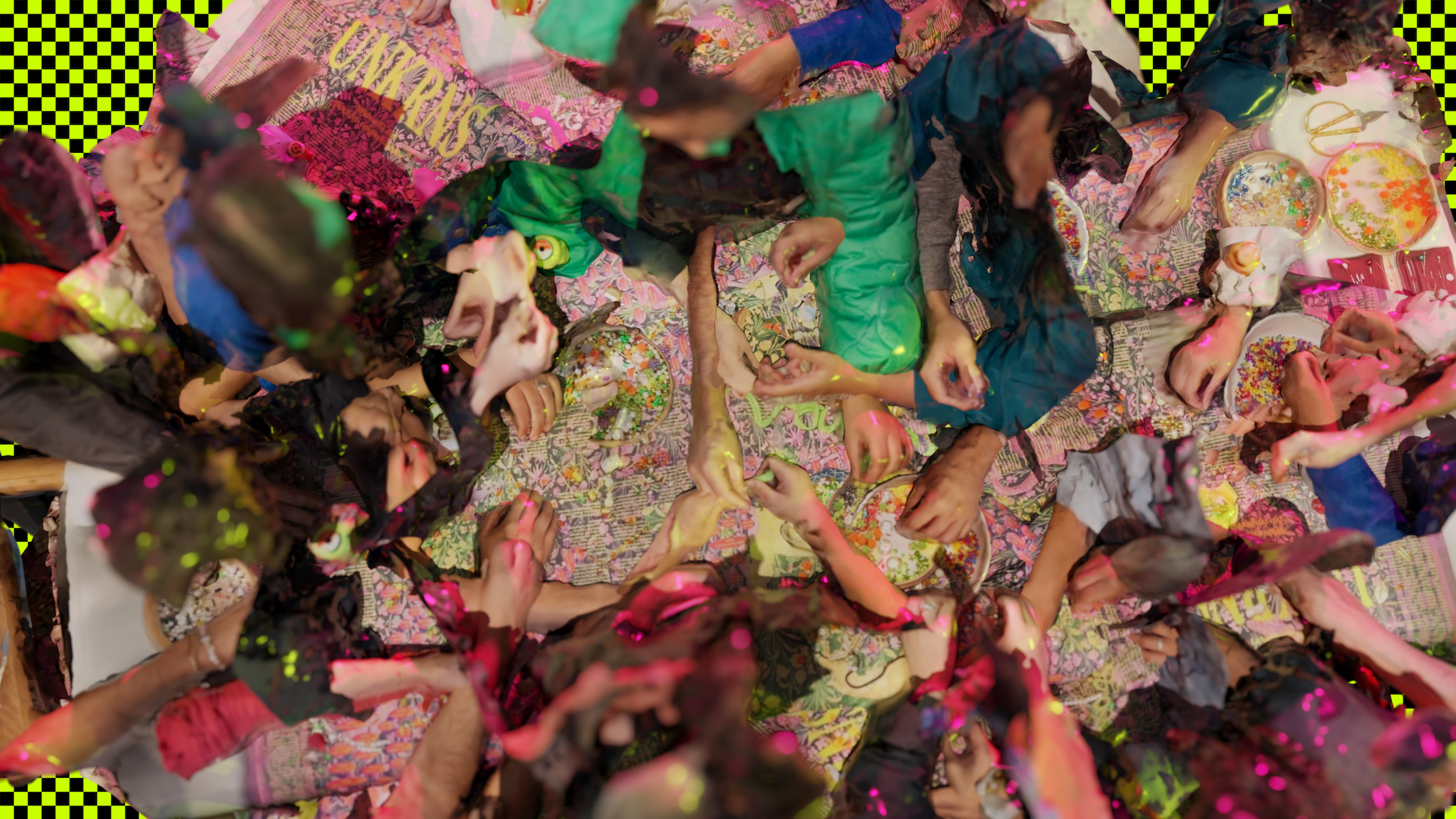
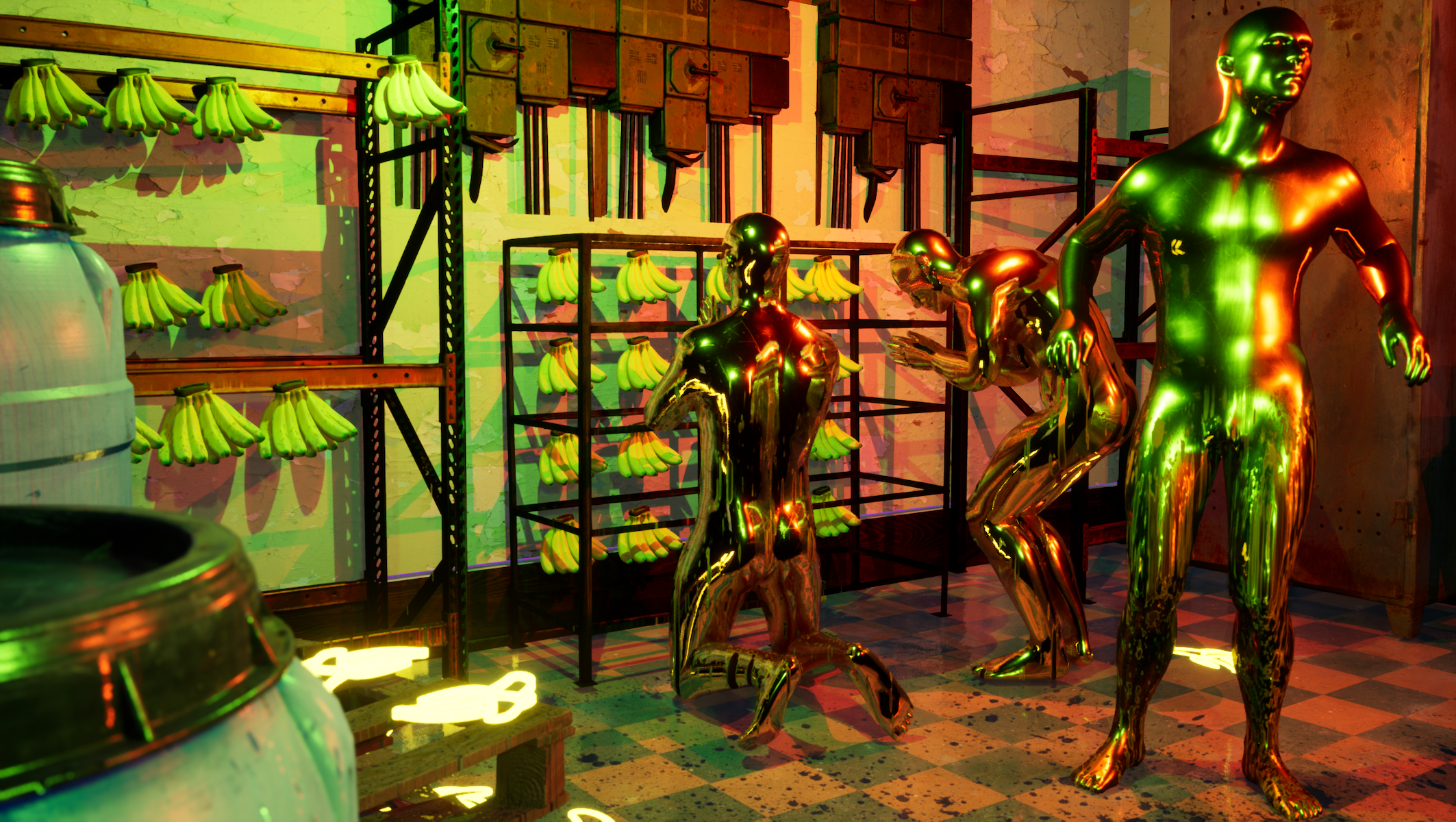
Tapiz, tapiz, 1.000 millones, please (2024) by Virginia Sosa Santos, Sebastián Lambert and Diego Morera & Banana Valley (2022) by Tatyana Zambrano and Hernán Rodríguez
Miguel Leiro, Mayrit’s Founder and Director, has cited La Movida Madrileña, the explosive creative scene of the 1980s that followed Francisco Franco’s death in 1975, as a reference for the milieu he’s interested in cultivating now. In that time, figures like Pedro Almodovar and Rossy da Palma emerged alongside new cultural dynamics and amidst a new openness around sex and glamour. Mayrit’s programming subtly nods to that moment every now and then. Its opening night party (co-organized by the local music incubator Los Invernaderos) was hosted at Sala El Sol, a venue where Almodovar and bands like Radio Futura would hang out and play. Leiro’s father, a sculptor who emerged from the same artistic movement as Marina Otero Verzier’s (who is a painter), would spend time there in the 1980s as well, descending its red spiral staircase as a new crowd did for Mayrit’s inauguration this spring. As this latest crop of young madrileños danced into the late hours of the night, sweat and drink perhaps conjured yet more novel visions of a cultural scene emerging anew. Evidently, currents still flow in Madrid’s underground.
Wet Dreams runs until August 25th at Centro Centro. Espejito Espejito runs until November 24th at the Museo de América. The full program for the 2024 Mayrit Bienal can be found at mayrit.org.
